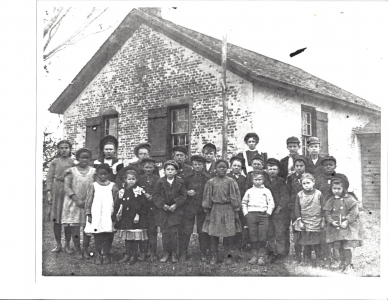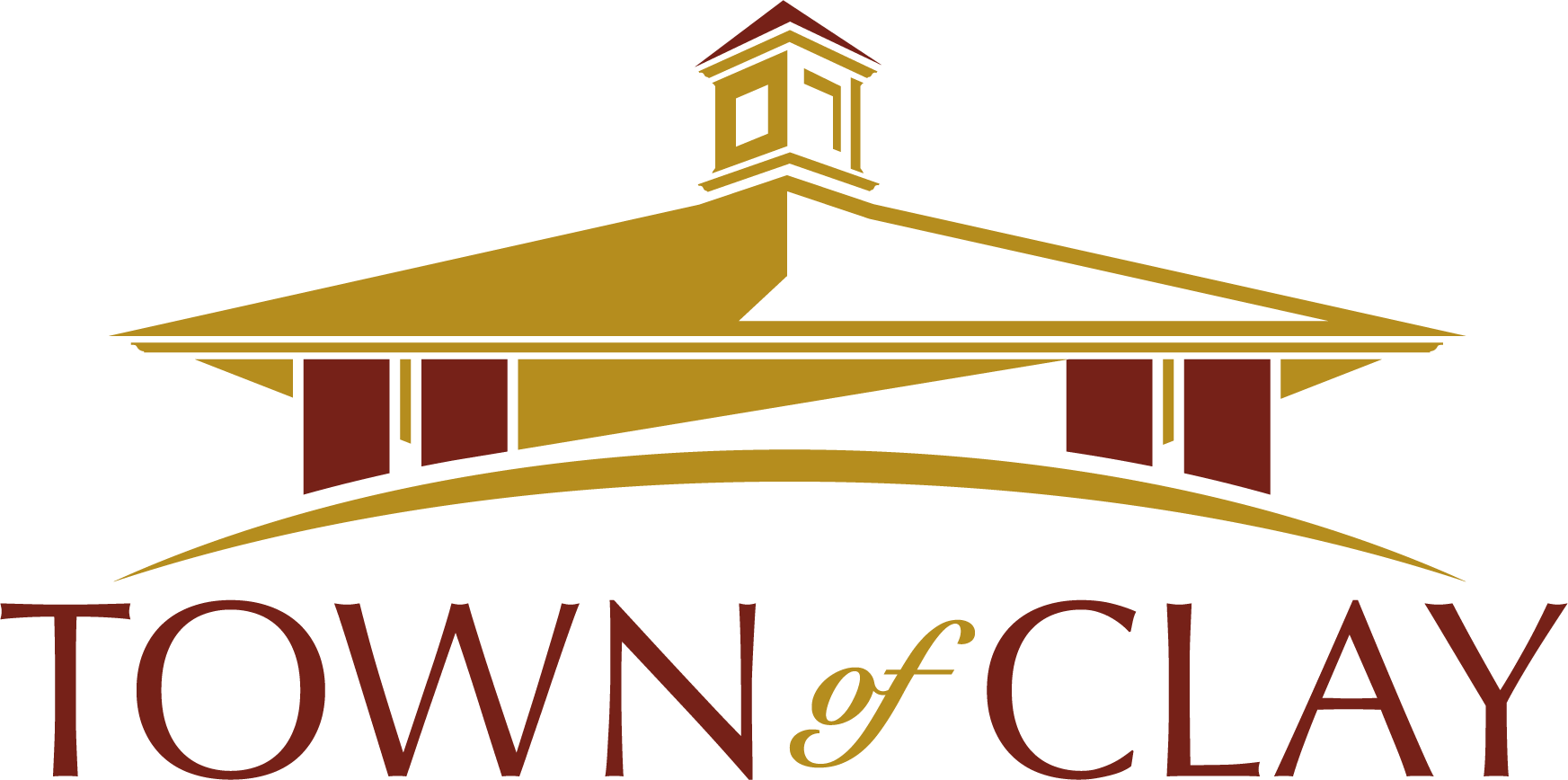Log Cabin DigsPosted on March 7, 2018 |
REMEMBERING CLAY
Log Cabin Digs
Donald Thompson, History Teacher, organized and instructed the digs and acquired funding to excavate the surrounding land with a New York State archaeological grant. He obtained a grant for tools, supplies and display through Michael Bragman’s office. The first archaeological field school was July 13 – July 26, 1996 at the cabin site. Before the digging began, the land around the cabin was surveyed and sectioned into square meter grids called test pits. In each of the six pits, working in pairs, the volunteers used trowels to carefully remove the soil. The soil was then sifted to find any artifacts that had been missed. Each artifact was labeled exactly in which test pit it was found, in what area of that pit and at what depth (measured in centimeters). Expecting to find artifacts from the local natives and early Clay settlers, we were surprised to find much more. In the front to the cabin by the marsh, three different types of projectile points were found. One called Jack’s Reef point from the late Woodland Period, 600 – 800 A.D. made of Onondaga chert. In the same pit was an Adena from the early Woodland Period 800 B.C. to 800 A.D .made from Ohio Quartz. This indicates the vast trading network among the early Native American people. In the adjacent pit was found a Brewerton side-notched projectile from the Archaic Laurentine Period 3000 B.C. to early A.D. made of Onondaga chert. This was probably for a javelin or spear since bows and arrows were not in use at this time. Evidence was found to prove that Natives used the land around the cabin as it sits on a small knoll and the area was a prime location for hunting wild animals. Many large chert flakes were found. Additionally an oval shaped stone that was used as a bark remover or spud. This was identified by Mike Tarbell, a Mohawk arrow maker. Found in all subregions of the pits were clay pipe fragments. They came in all sizes of bore identifying their origin. They included Glasgow Davidson pipes from Scotland, well known all over the world. One bowl was 2/3 in tact had printed on it was TD for Thomas Davidson. Ceramic chards of white earthenware were found in all pits. Made from clay in this area, they were fragile, so were only used for food preparation and storage. A lead sulfide glaze was added in the second firing for more durability. Yellow earthenware was found but the clay for this was found in Ohio and New Jersey. Much stoneware was found in the pits and was popular because of its hardness. It was used for chamber pots, jugs, crocks, tableware and bottles. One piece of ironstone was found with the Onondaga Pottery Company trademark of a New York State coat of arms. Another trademarked piece was J & G Meakin pottery of Hanley, Staffordshire, England. This trademark shows a seated lion with a crown and shield. Another piece had a stamped date of 1869 under the name. A China doll’s head and foot were found. Also found were: a brass mouthpiece for an instrument, a pocket knife, metal eating utensils, iron keys, a heart shaped padlock, a purple jewelry ornament with an amethyst-colored stone with a floral design, an iron button hook to fasten high-button shoes, and a round copper makeup container for face powder. And, I found a very small thimble probably for a child learning to sew. The 1997 dig was when we discovered coins. The first was an 1859 Indian head copper penny, the first in a series. In an adjacent pit was an 1870 Indian head penny, which was not as thick as the 1859 one. Both are in excellent condition. Many nails were found dating from 1790, used during the years when improvements were made, especially when the gun club used it. Of course, their spent cartridges were everywhere. Many other artifacts were found and are displayed at this time in hand made display cases in the Railroad Station at the Historic Park on Route 31. When the park opens, everyone is welcome to stop in to see the displays and ask questions. NOTE: Information from “Digging into Clay’s Past”, by Donald Thompson.
Dorothy Heller, Historian
Other
Remember Clay Stories

Former Slave, Frank Brown, comes to Clay
Remembering Clay | Aug 1, 2012
A couple of weeks ago, I was fortunate to receive a booklet on the Reminisces of Joseph H.
